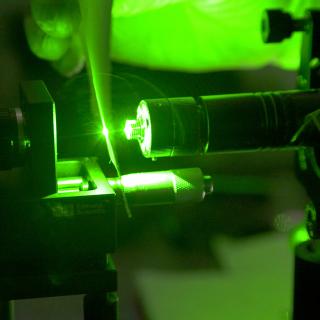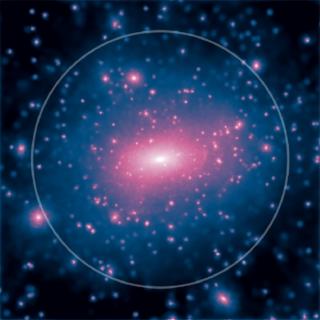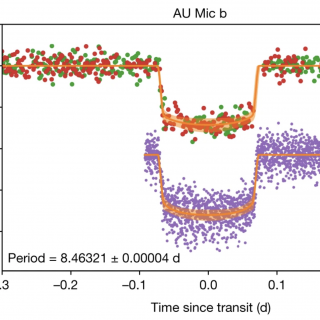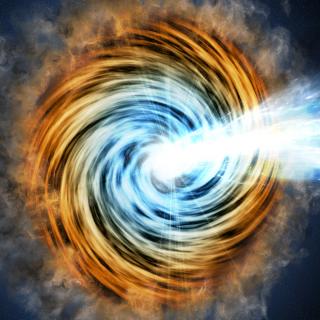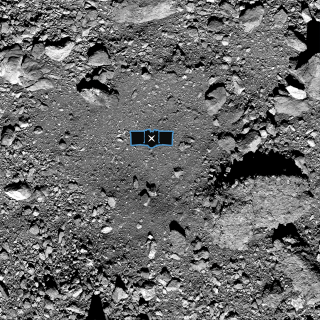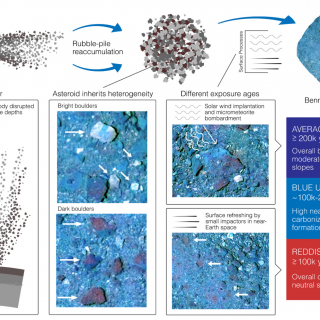
The main objective of the NASA OSIRIS-REx mission is the collection of material from the surface of primitive asteroid (101955) Bennu, and to bring it back to the Earth. To provide general context to the results obtained from the analysis of this sample it is fundamental to carry out an extensive study of the surface of the asteroid. To do that, the spacecraft is provided, among other instruments, with an optical camera (MapCam) equipped with 4 color filters b’, v, w, and x, centered at 473, 550, 698, and 847 nm, respectively. This set-up allowed to do color studies, i.e., to analyze how the
Advertised on
